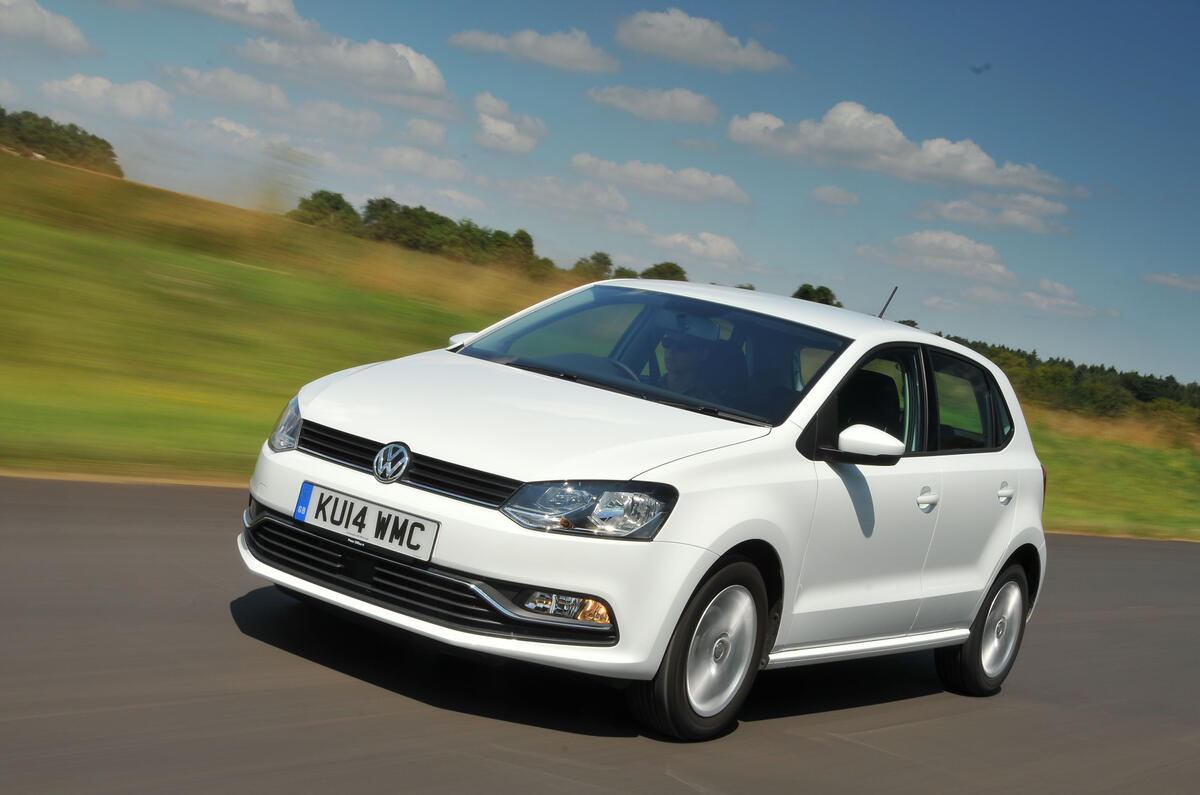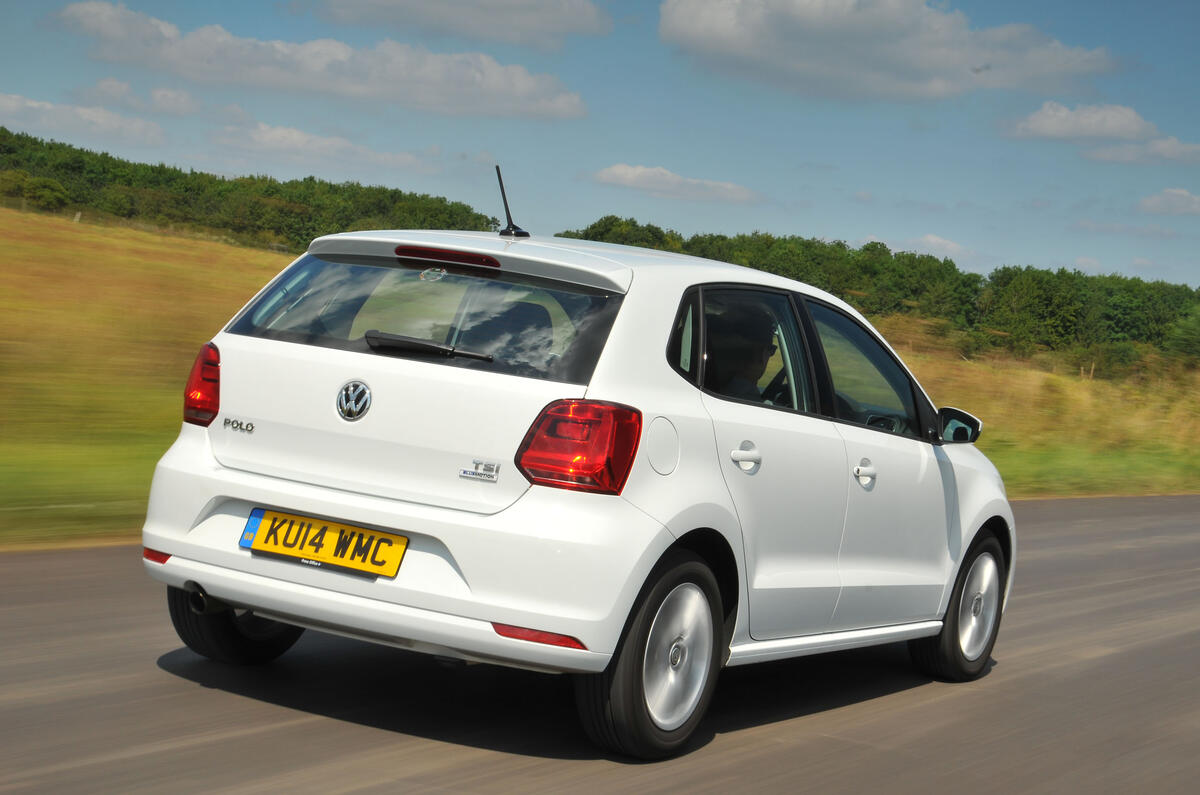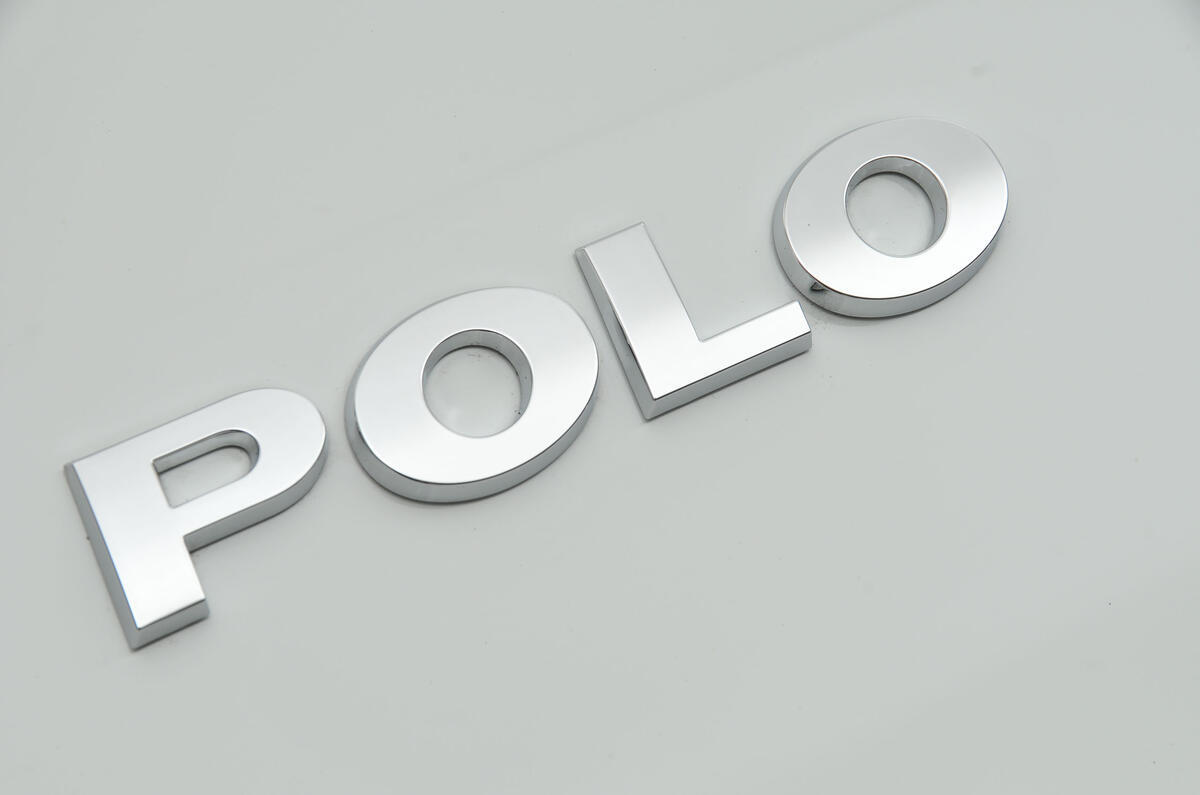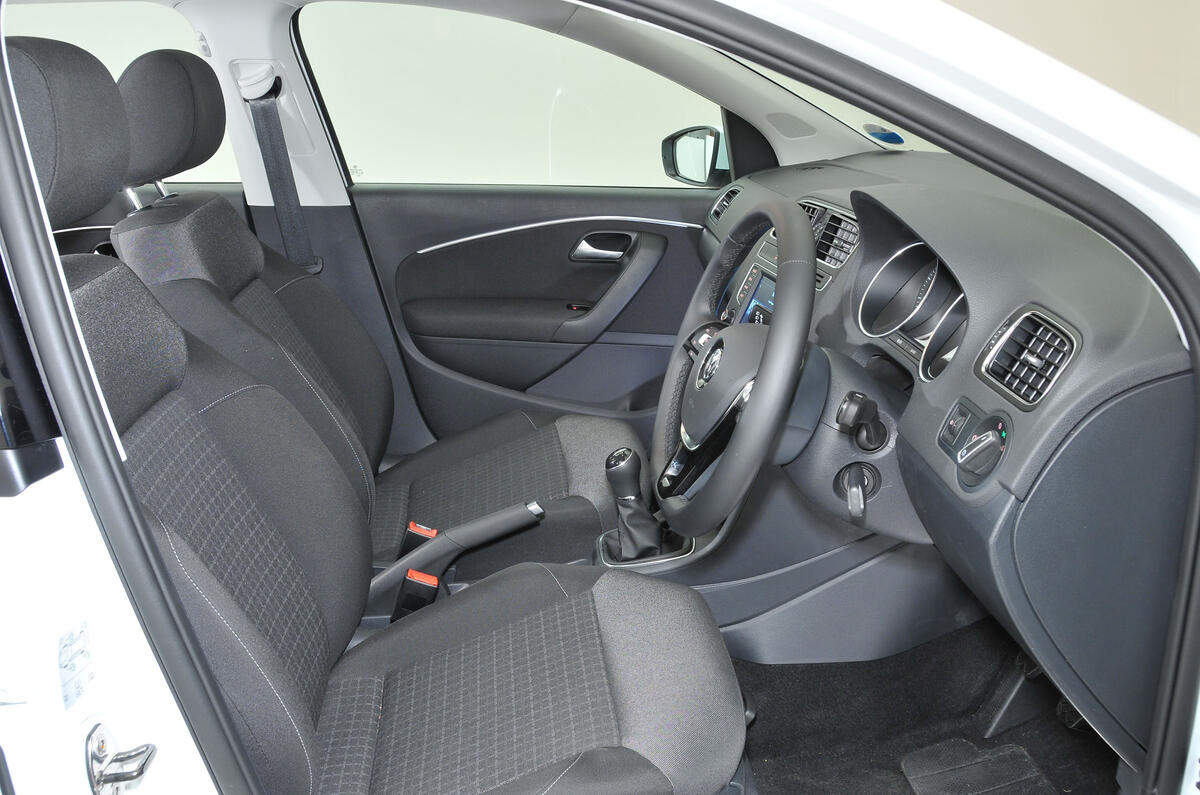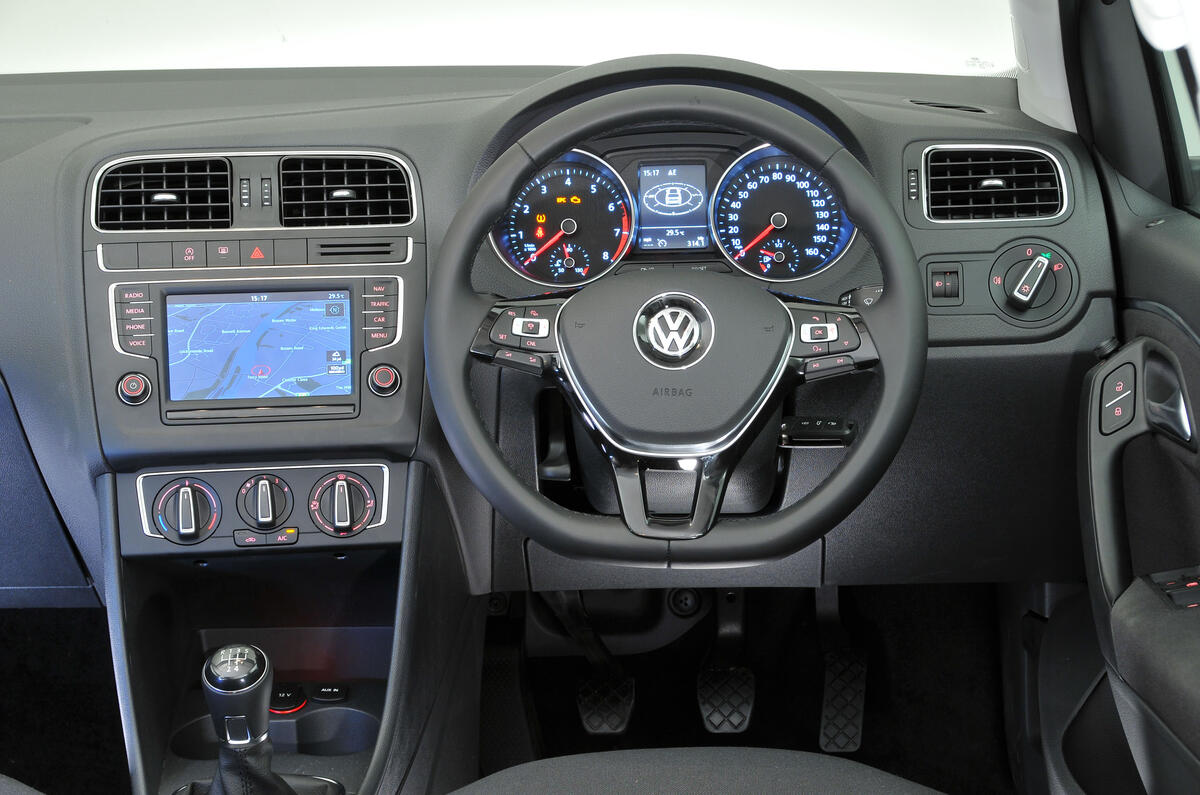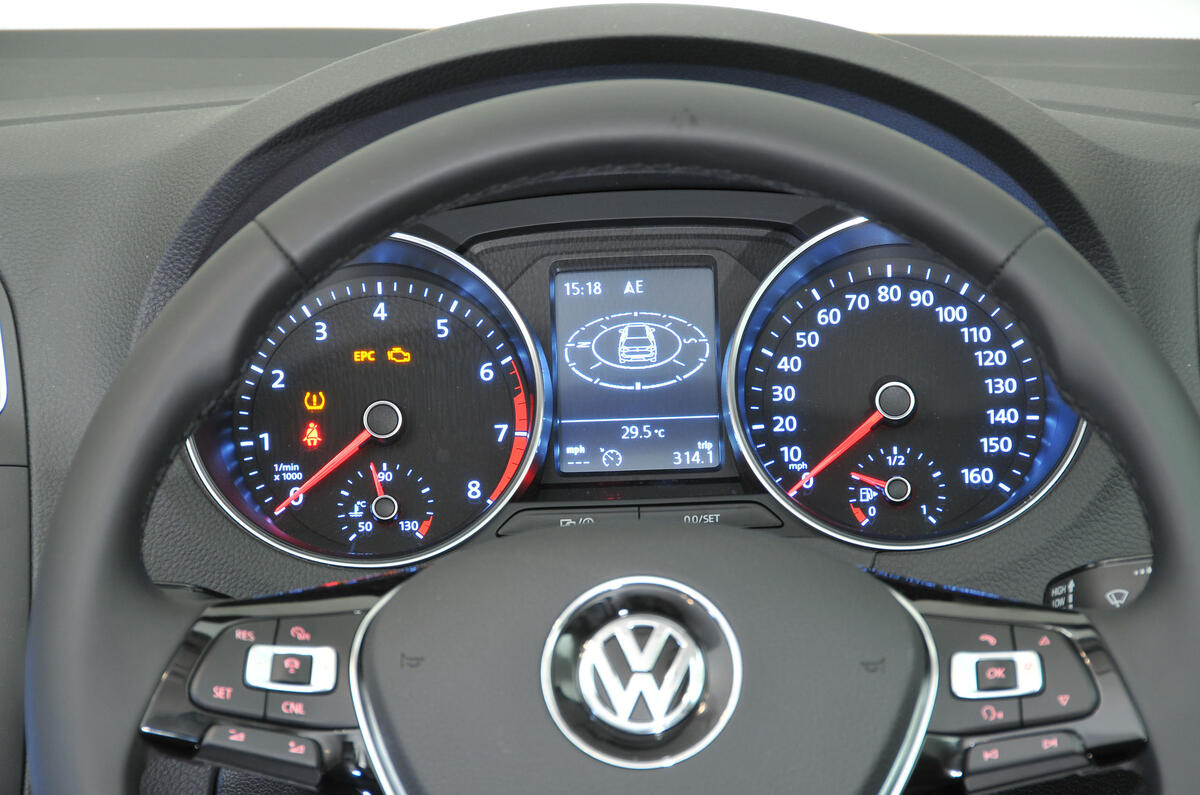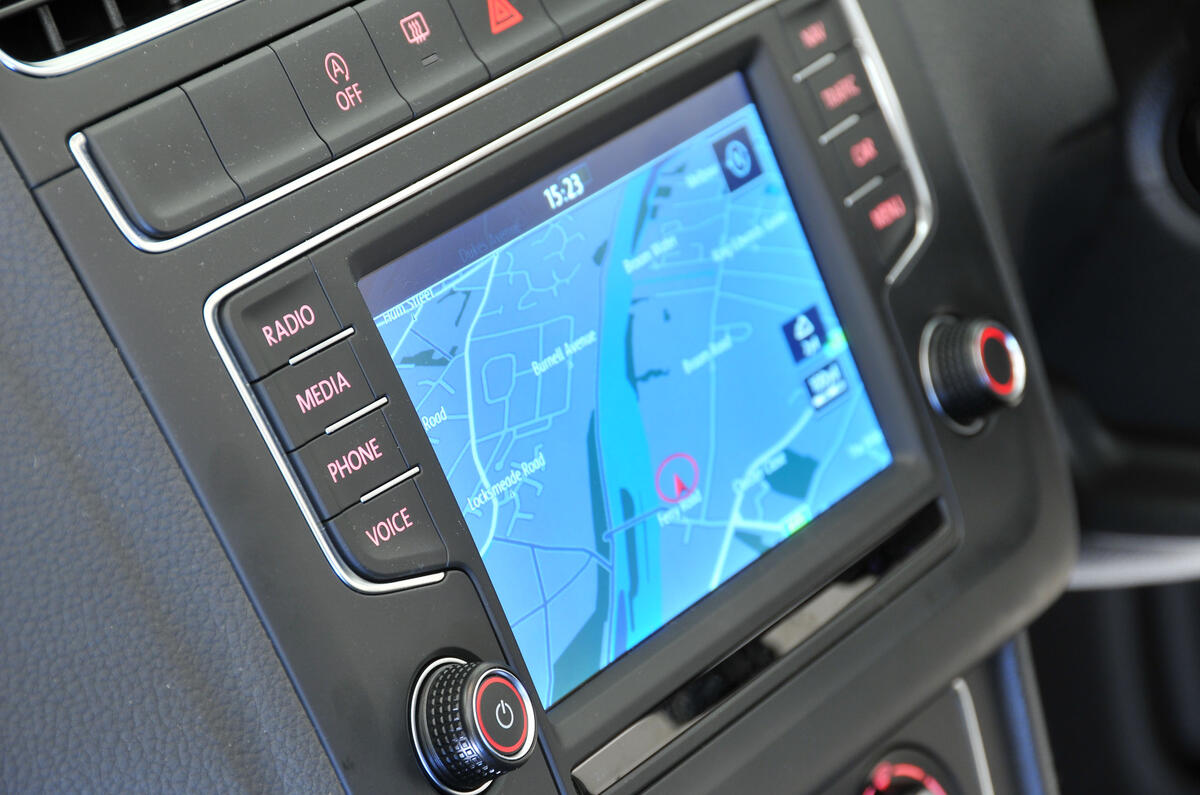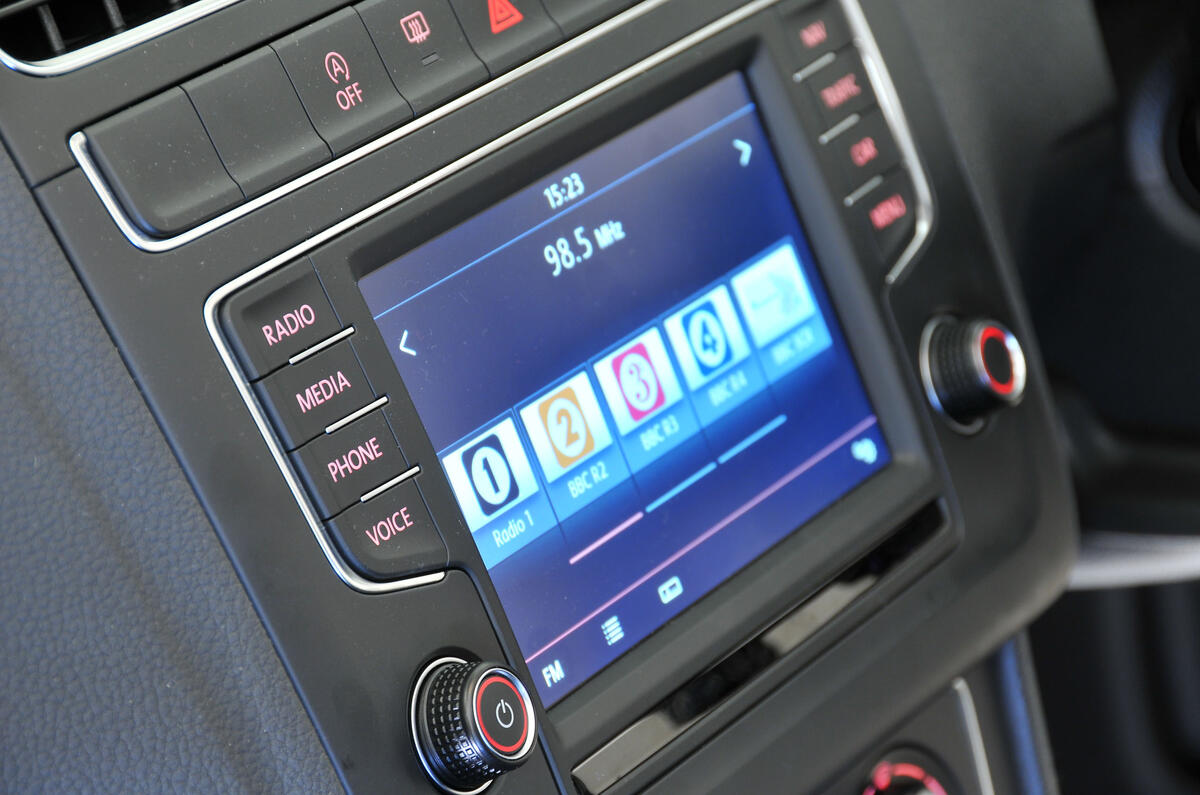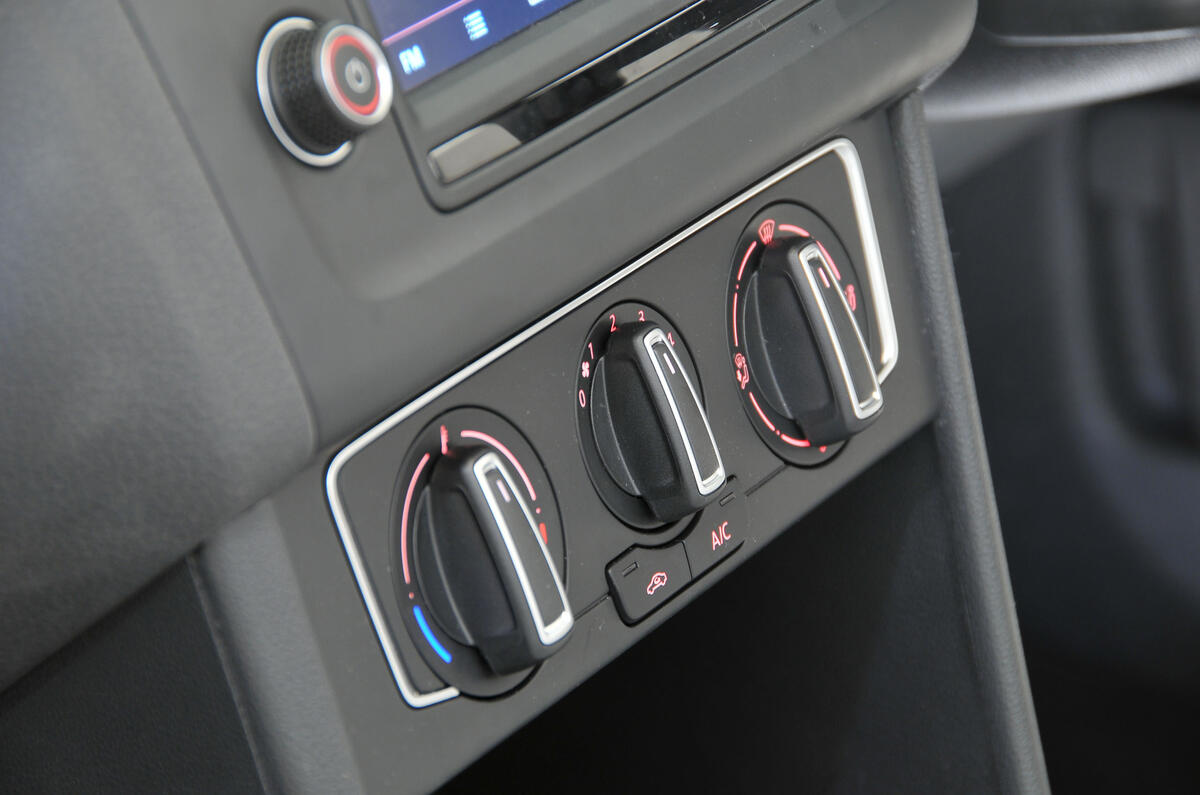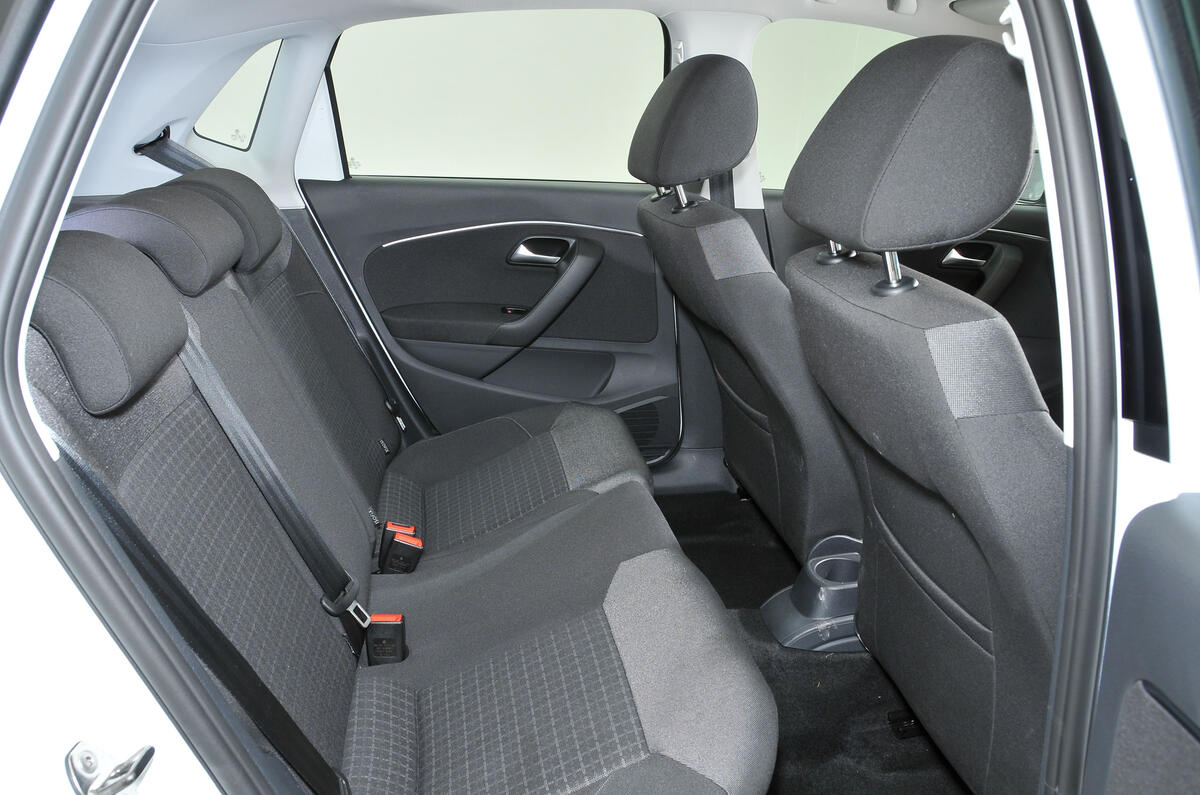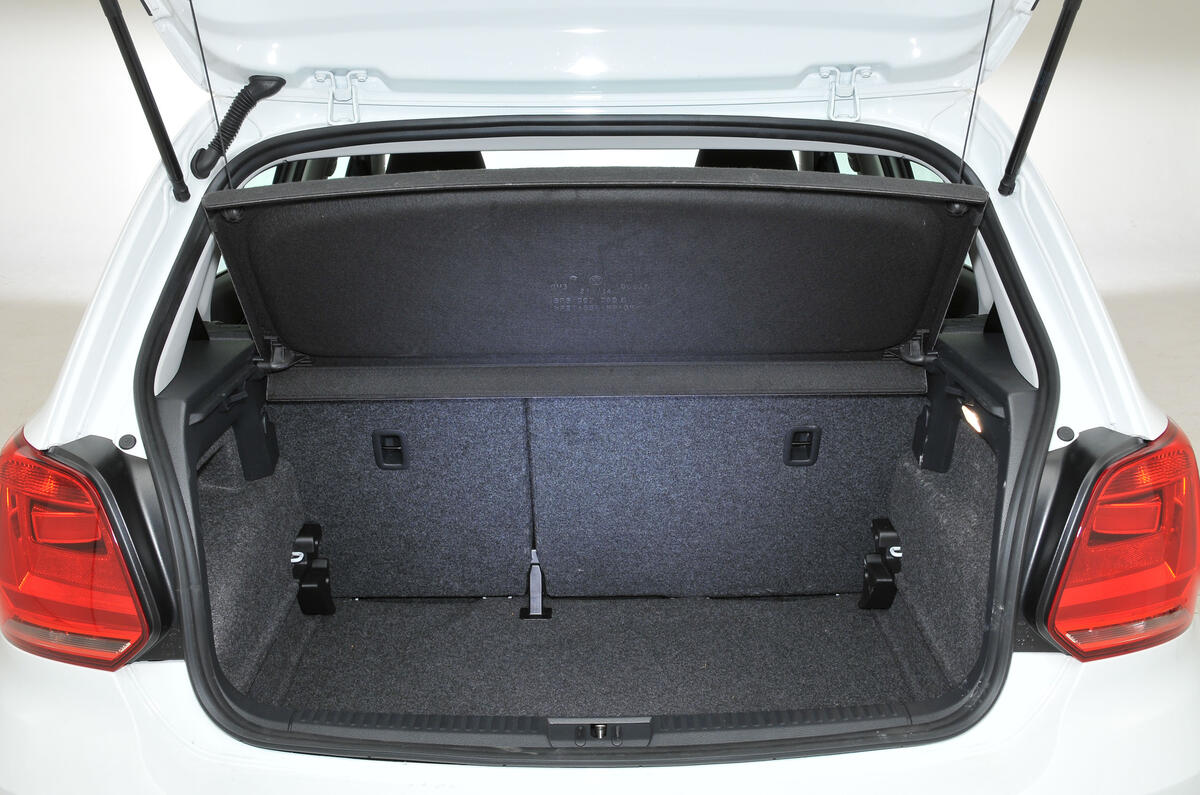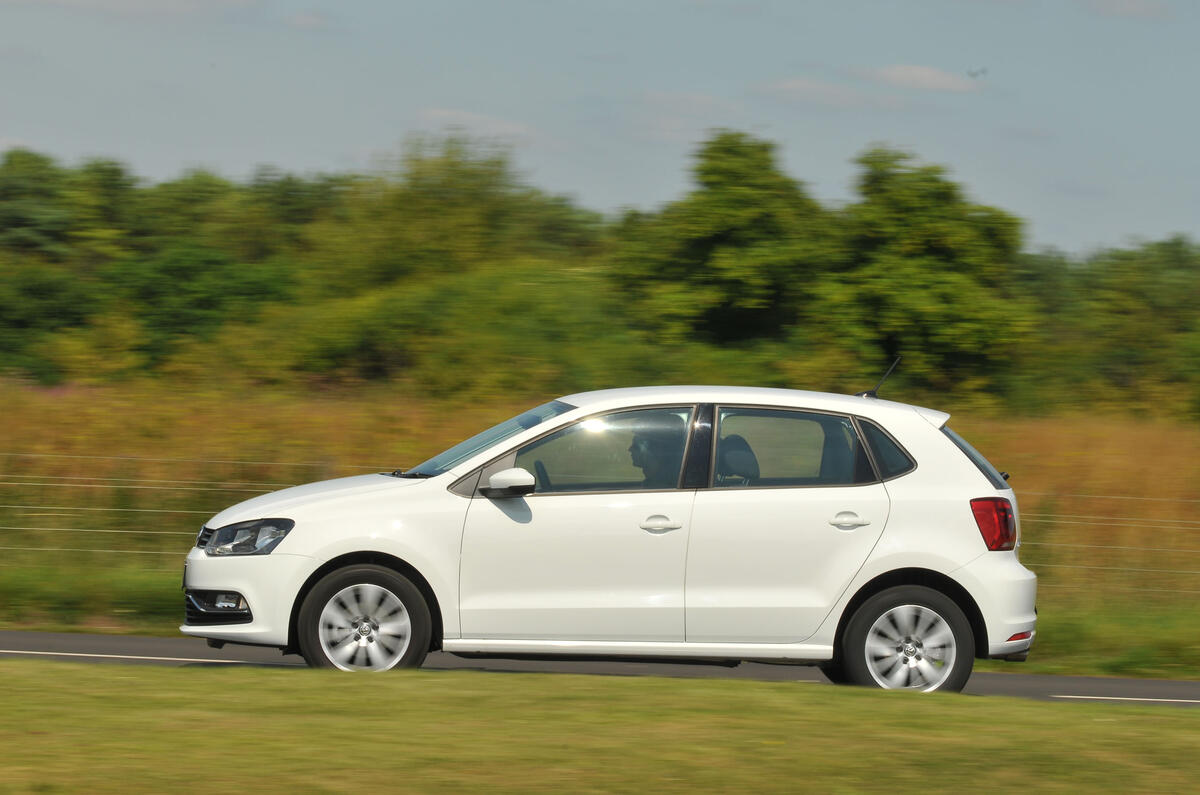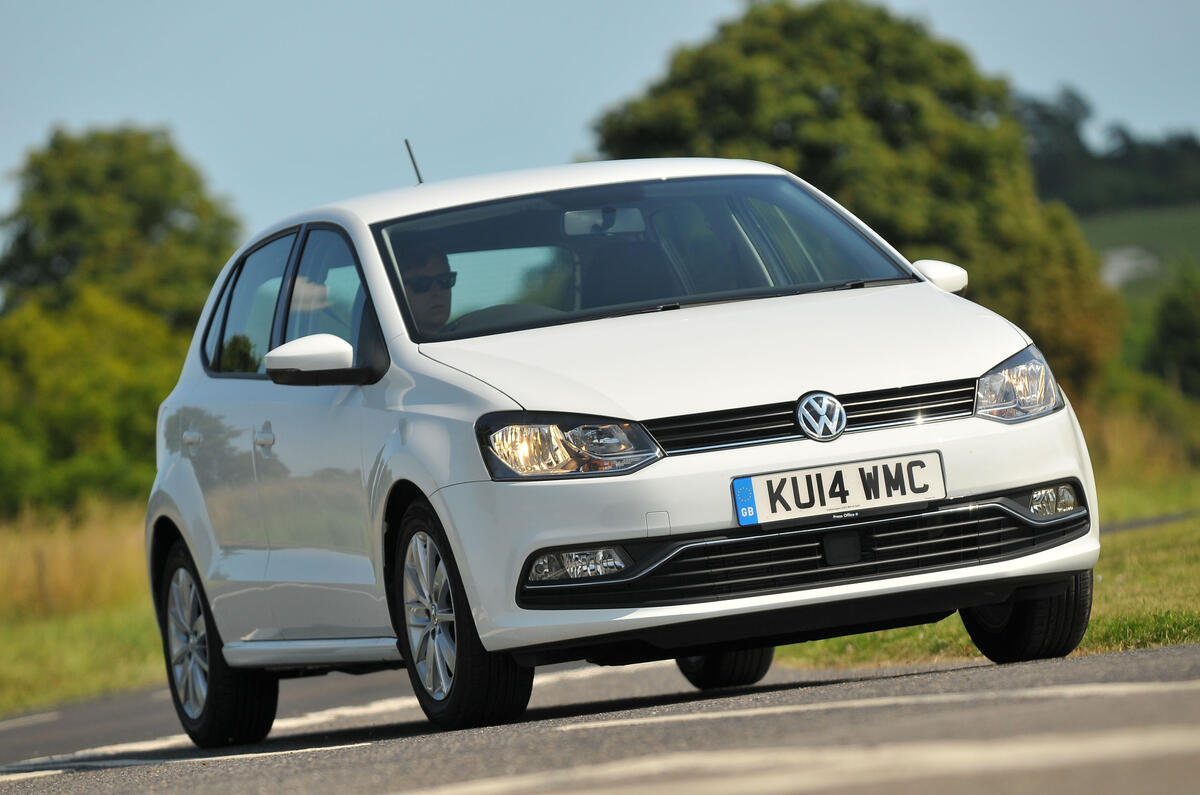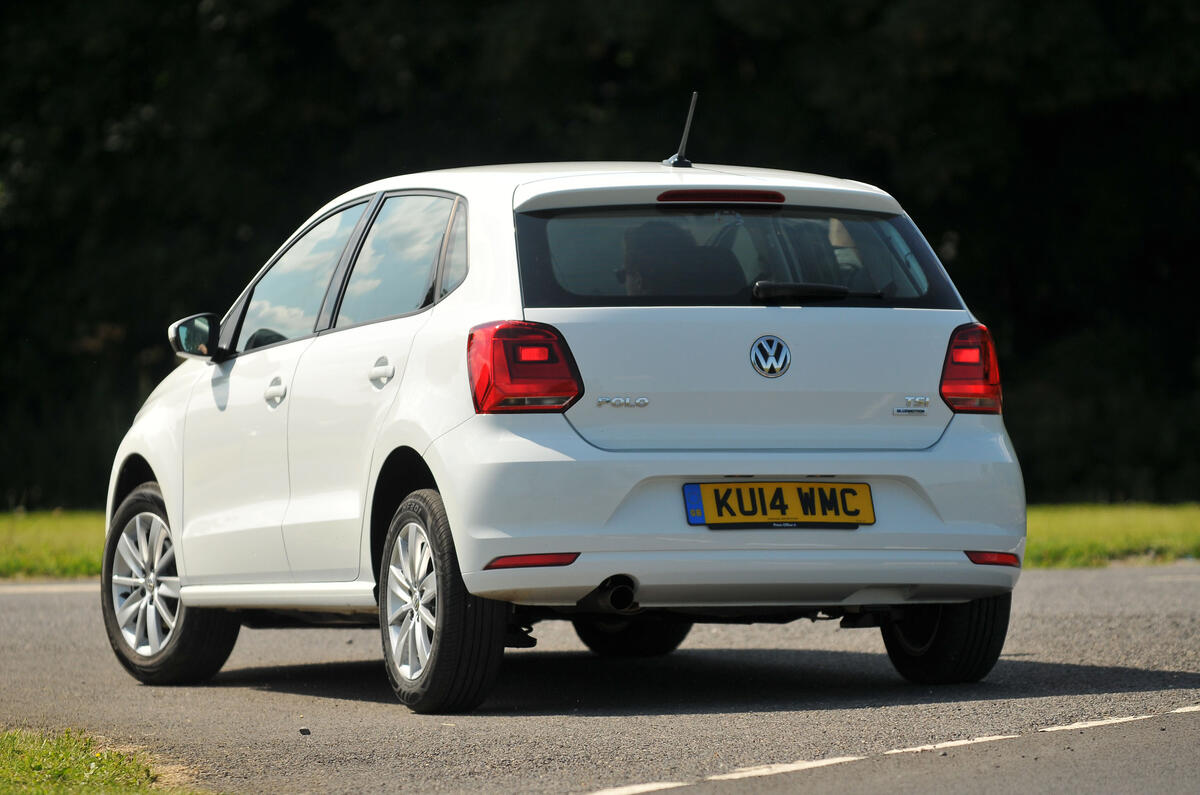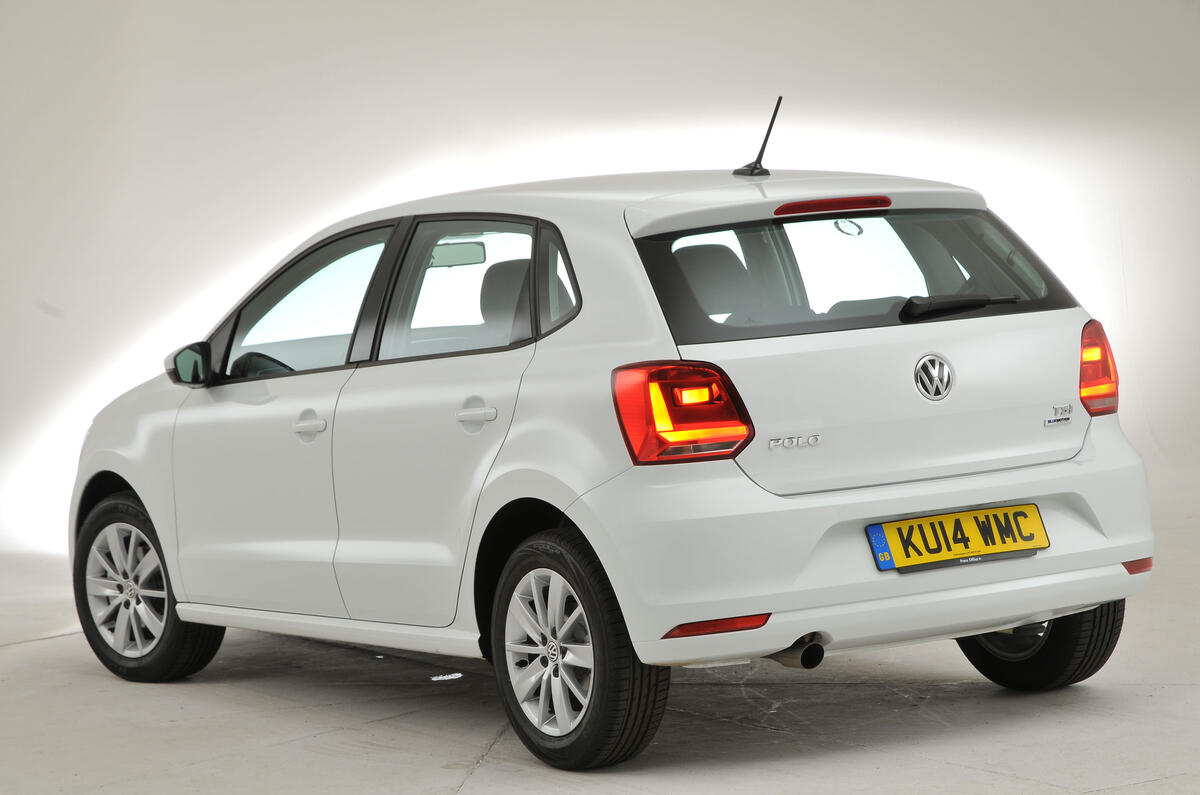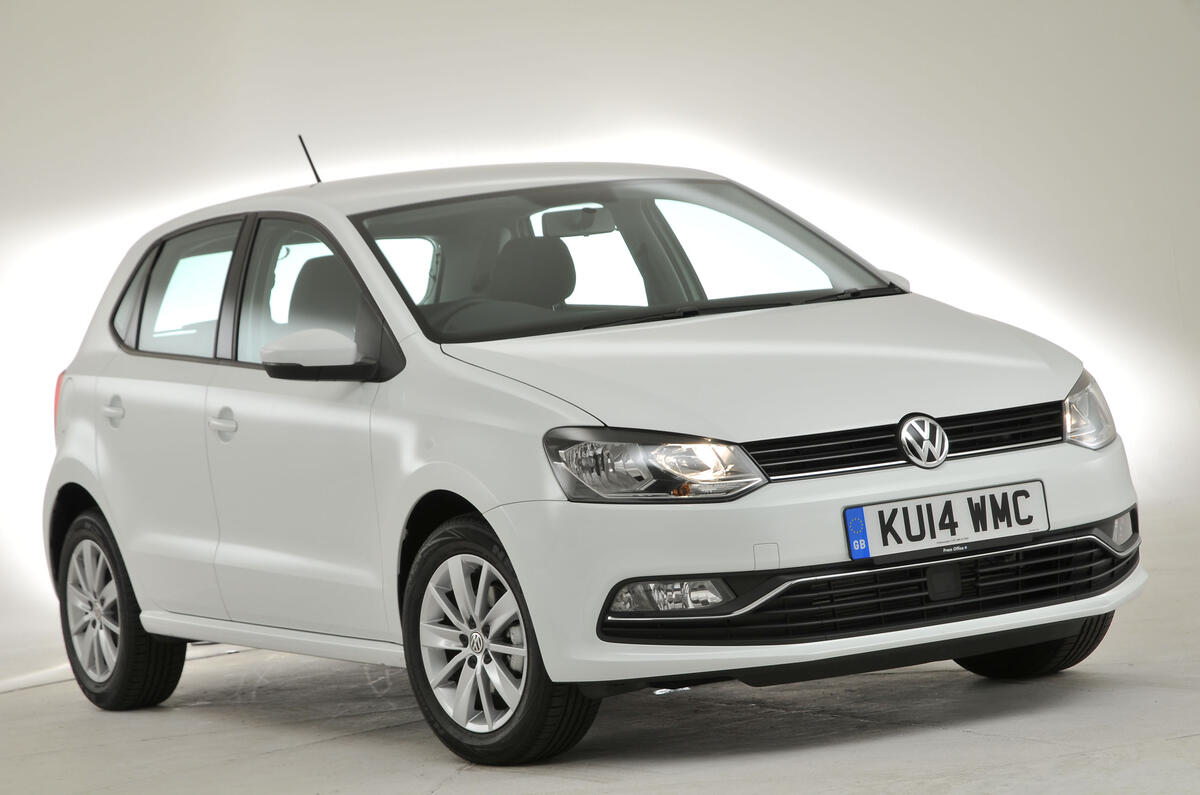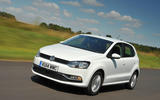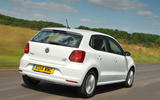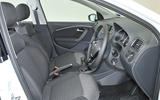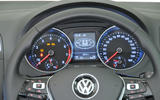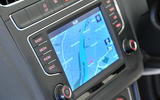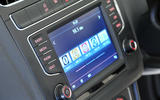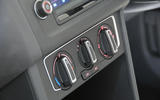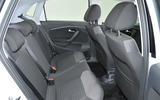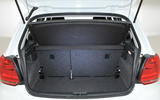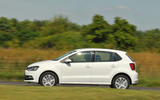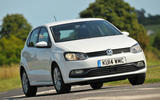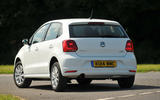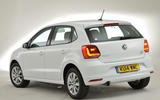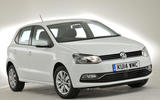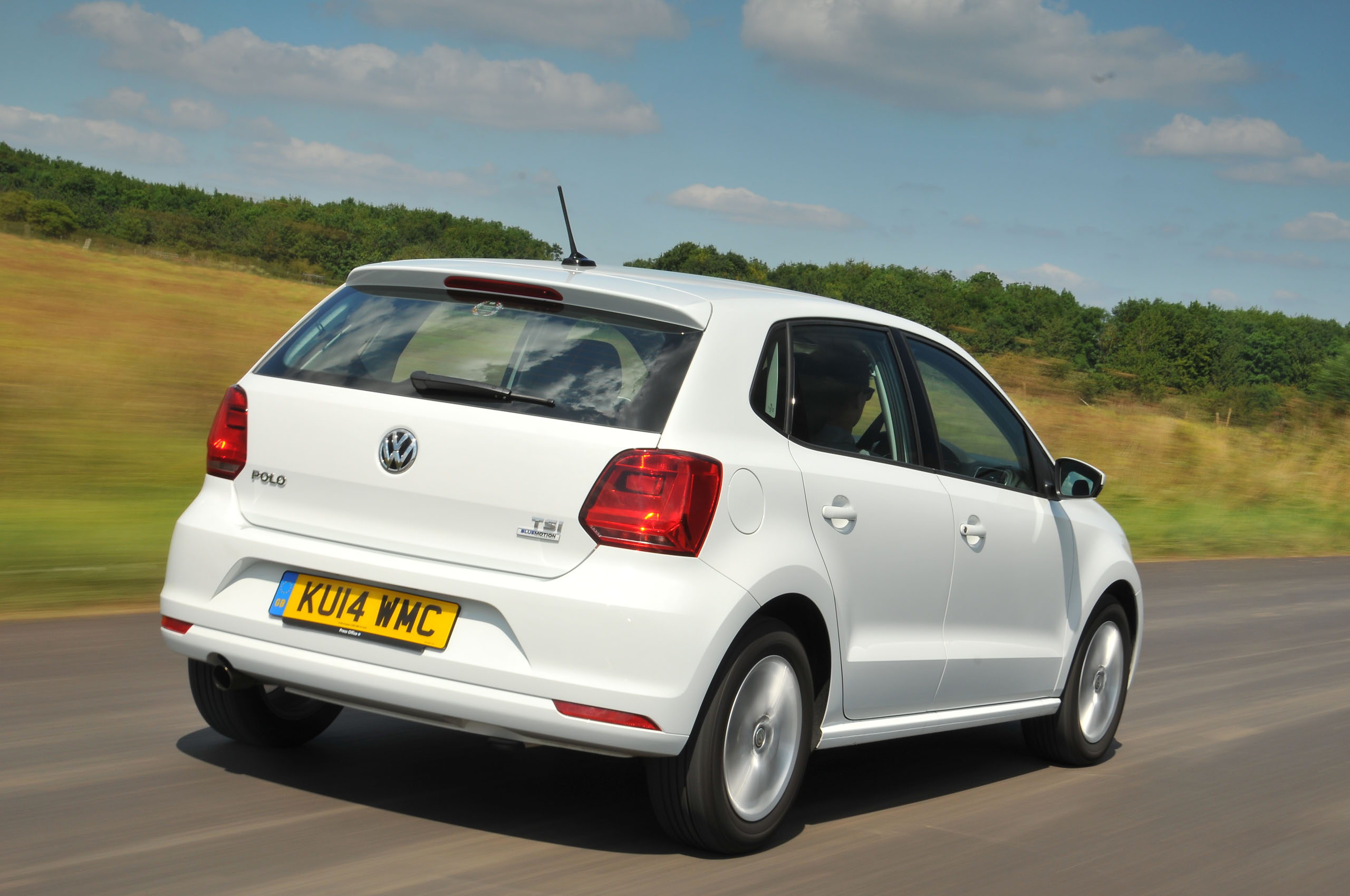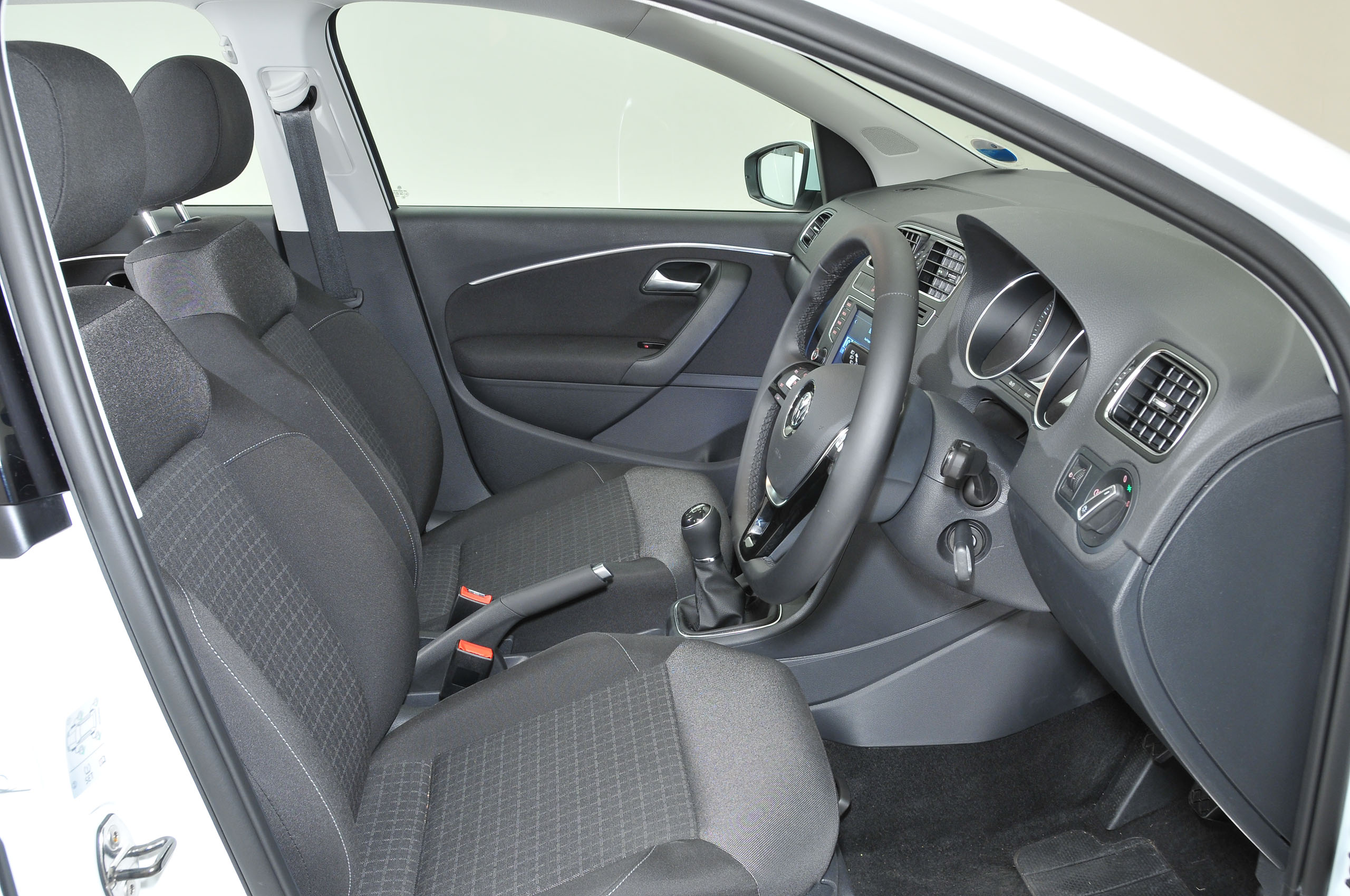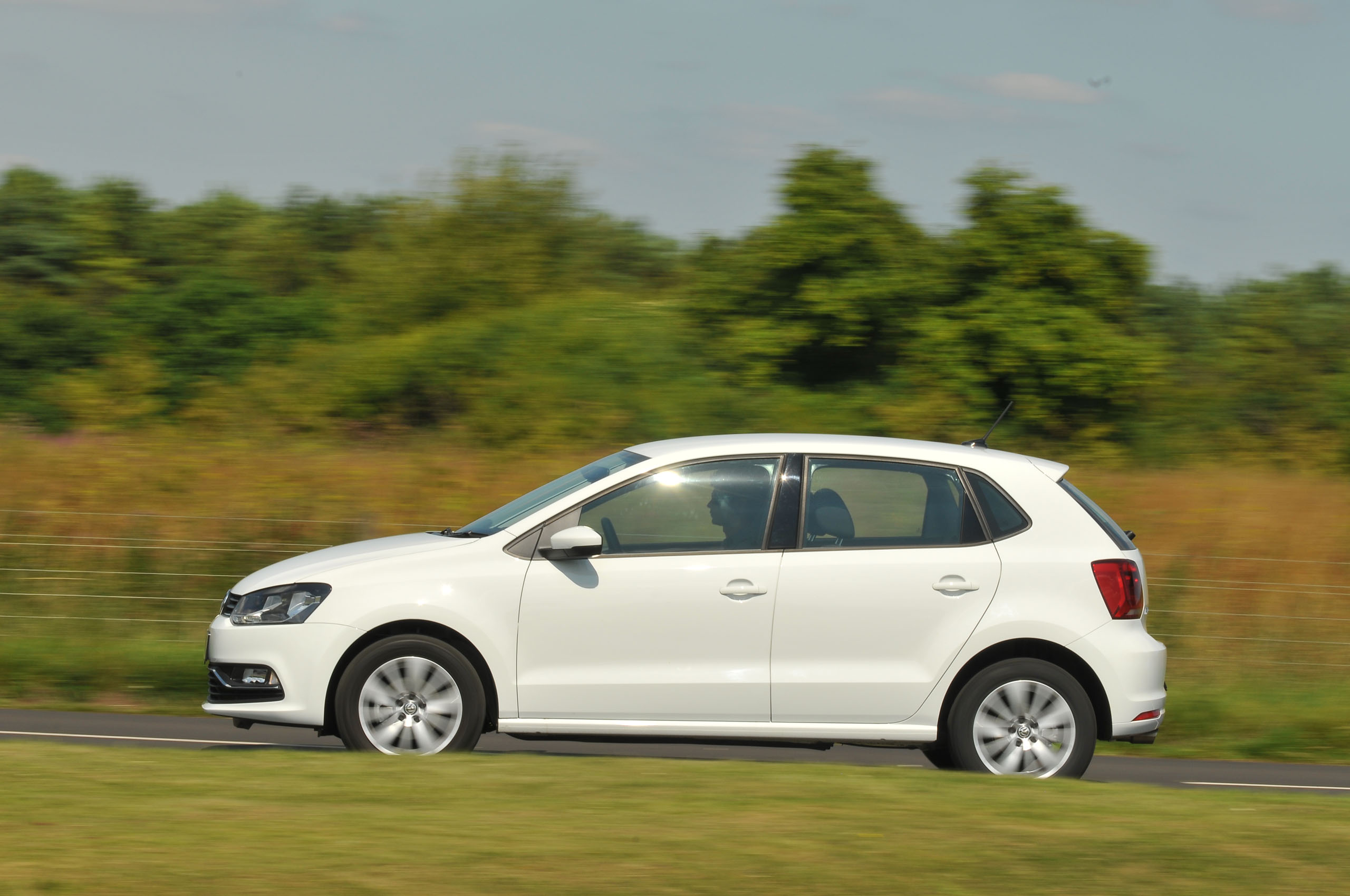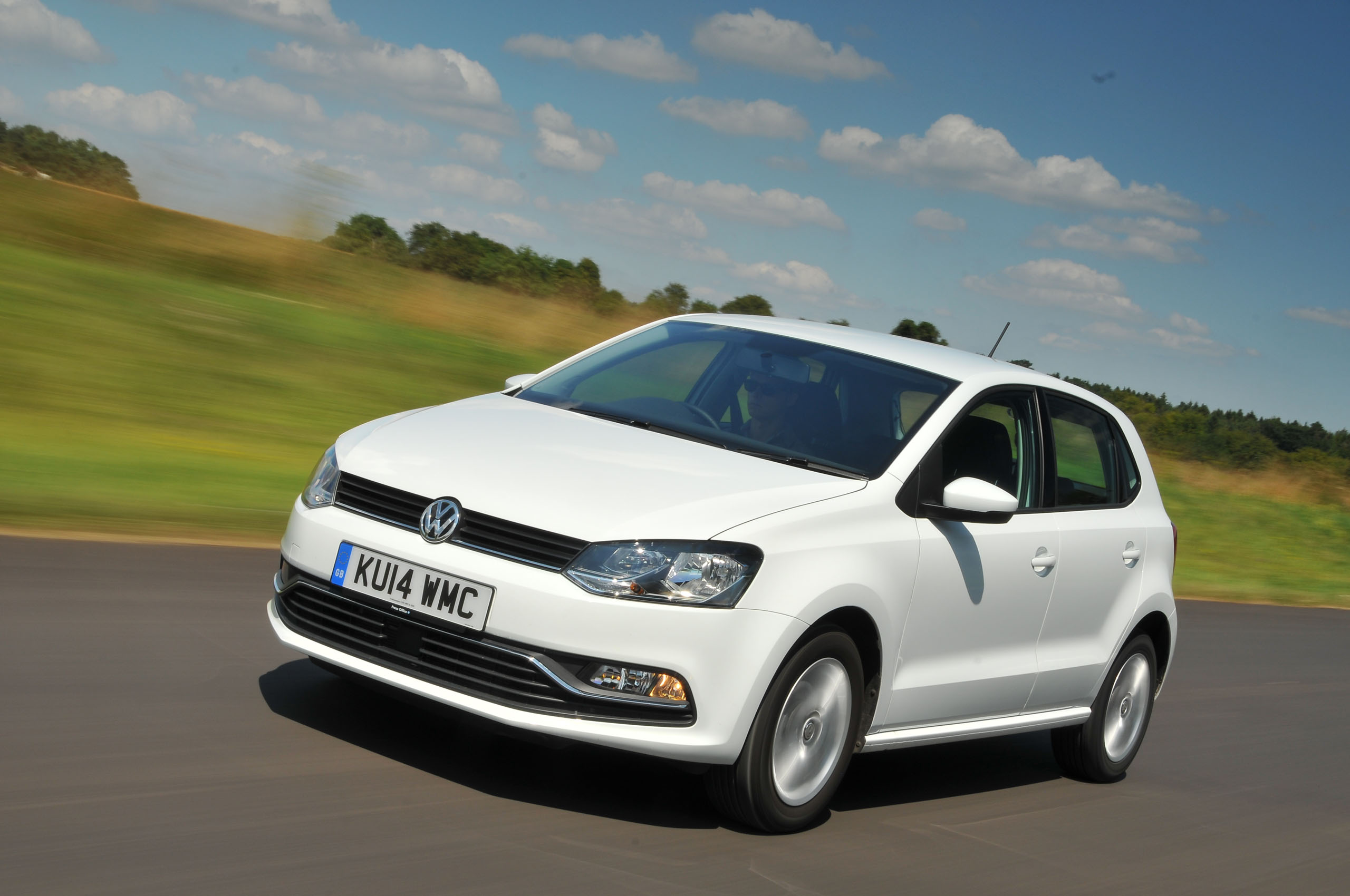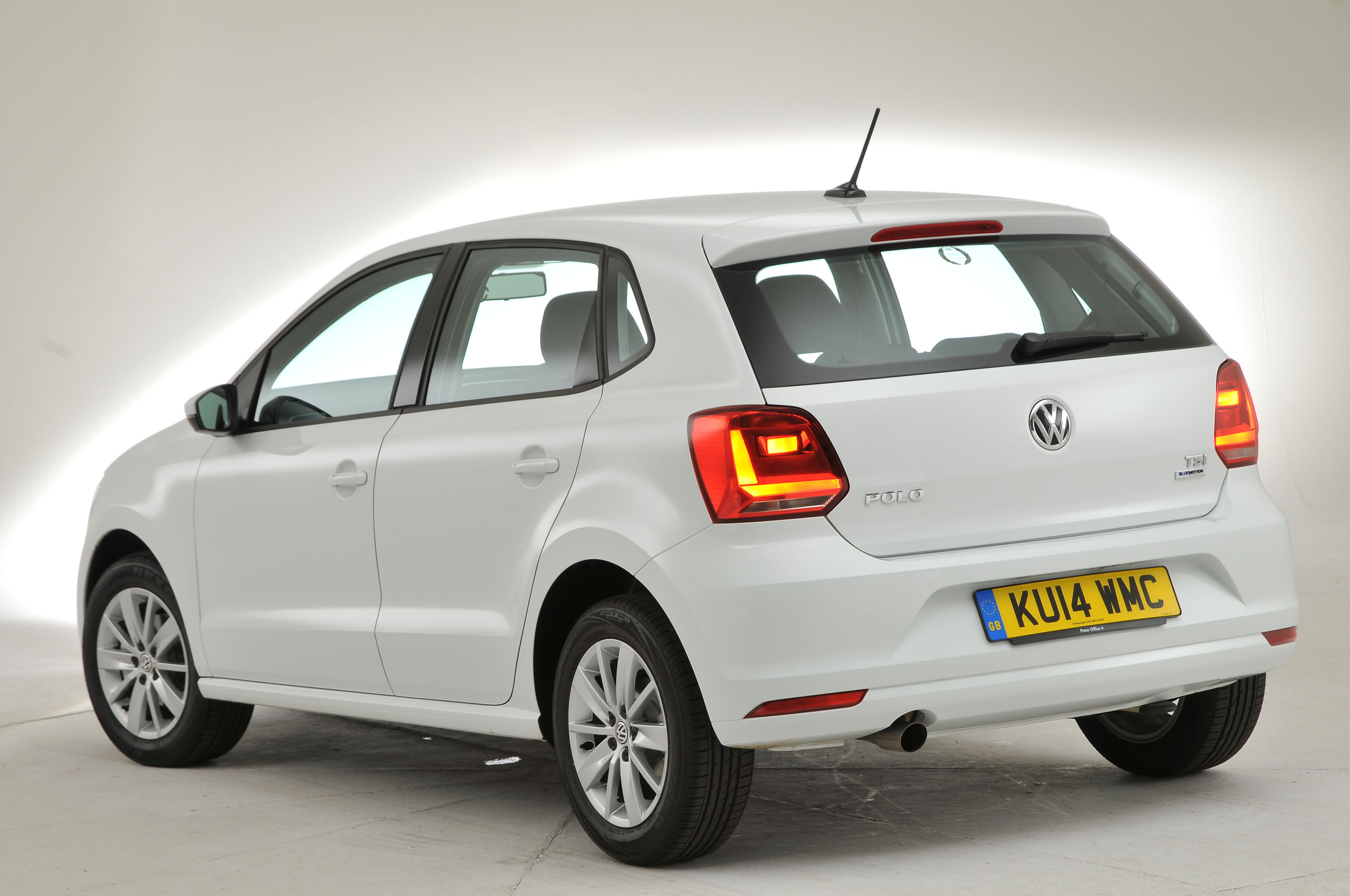Is the Volkswagen Polo reliable?
Overall, the Volkswagen Polo is a reasonably reliable car, but it did have a number of recalls throughout it's lifetime – and didn't fair particularly well in What Car?'s reliabilty survery.
In a class of 28 cars, the Polo finished in 18th place, with many owners experiencing issues with the air-con, engine start-stop system and infotainment screen. Rivals like the Ford Fiesta, Skoda Fabia and Honda Jazz were all judged to be more reliable.
As a brand, Volkswagen finished in 22nd place out of 32 manufacturers, although an overall score of 90.2% isn’t bad.
Ultimately, the Polo is still a solid used buy, and as a second car for short trips, or for your eldest sprog to learn to drive in, it should serve you well. Volkswagen is also an established brand in the UK, which means parts are readily available from both main dealers and independent specialists.
Engine: A blocked diesel particulate filter can affect all TDI models because it doesn’t clear itself on short journeys around town.
Be sure to take any prospective purchase on a long test drive and up to motorway speeds and to check it doesn’t go into limp mode. The same goes for the exhaust gas recirculation (EGR) valve, which is also prone to clogging up.
The 1.2 TSI has a timing chain instead of a belt and it needs to be changed every four years or 40,000 miles. If the typically smooth-running TSI sounds rough at idle, this could be an early sign of coil pack failure – and replacements are the only fix.
Air conditioningThe air-con’s condensers and radiators can leak, resulting in a loss of pressure. Be sure to test the air-con to make sure you get a nice blast of cool air because it’s an expensive fix.
Body: Many Polos are used by first-time drivers so inspect the bumpers, wings, doors and wheels closely.
Windows: Check that the electric windows wind up at a normal pace as the Polo is prone to collecting dirt and debris in the window mechanism, which slows the process down.
Wipers: A rare issue, but the fragile pipes that feed the washer fluid to the jets can perish. Give the screen a few squirts to check all is well.
Airbags: They can deploy as a result of an incorrect signal from the accelerator sensor. Check with a VW dealer if the car is affected especially if it’s a 2014 model.
An owner’s view
Chloe Aitchison: “I bought my 2015 Polo 1.2 TSI back in 2017 and have loved owning it ever since. I like how easy it is to drive and it makes the perfect runaround, especially in town. It’s comfortable too, so I’m happy driving it on long journeys. I’ve had to pay for a few expensive repairs, including new condensers for the air-con and new suspension arms. While it has at times been costly to maintain, I don’t think I’ll be swapping into anything else any time soon. I love it as it’s small, economical and fun to drive.”
Also worth knowing
The 1.2-litre TDI and later 1.4-litre TDI BlueMotion are ultra-frugal and come with free road tax. And it’s only £20 a year if you go for a car with the 1.0-litre triple.
The Polo excels for safety provision and the 2009 car achieved a five-star Euro NCAP rating. The post-2014 model gained even more safety kit, including emergency braking, post-collision braking and a driver fatigue monitor.
The Polo GTI was powered by a 177bhp 1.4-litre turbocharged and supercharged four-pot. This was swapped for a more robust 189bhp 1.8-litre TSI unit that could be had with a manual gearbox, unlike the DSG-only earlier car.




